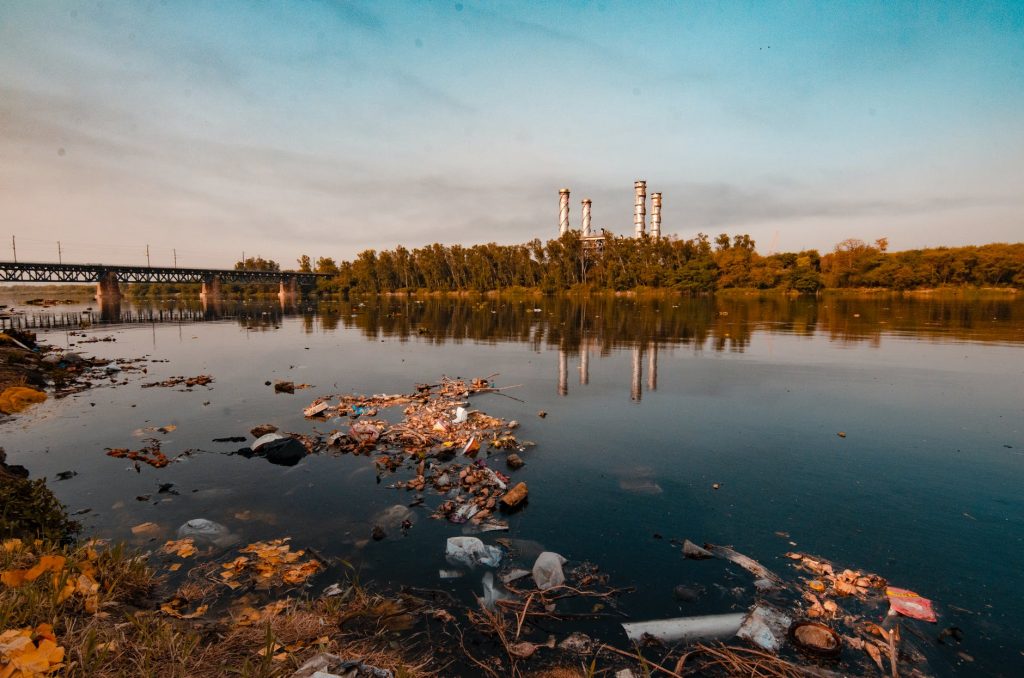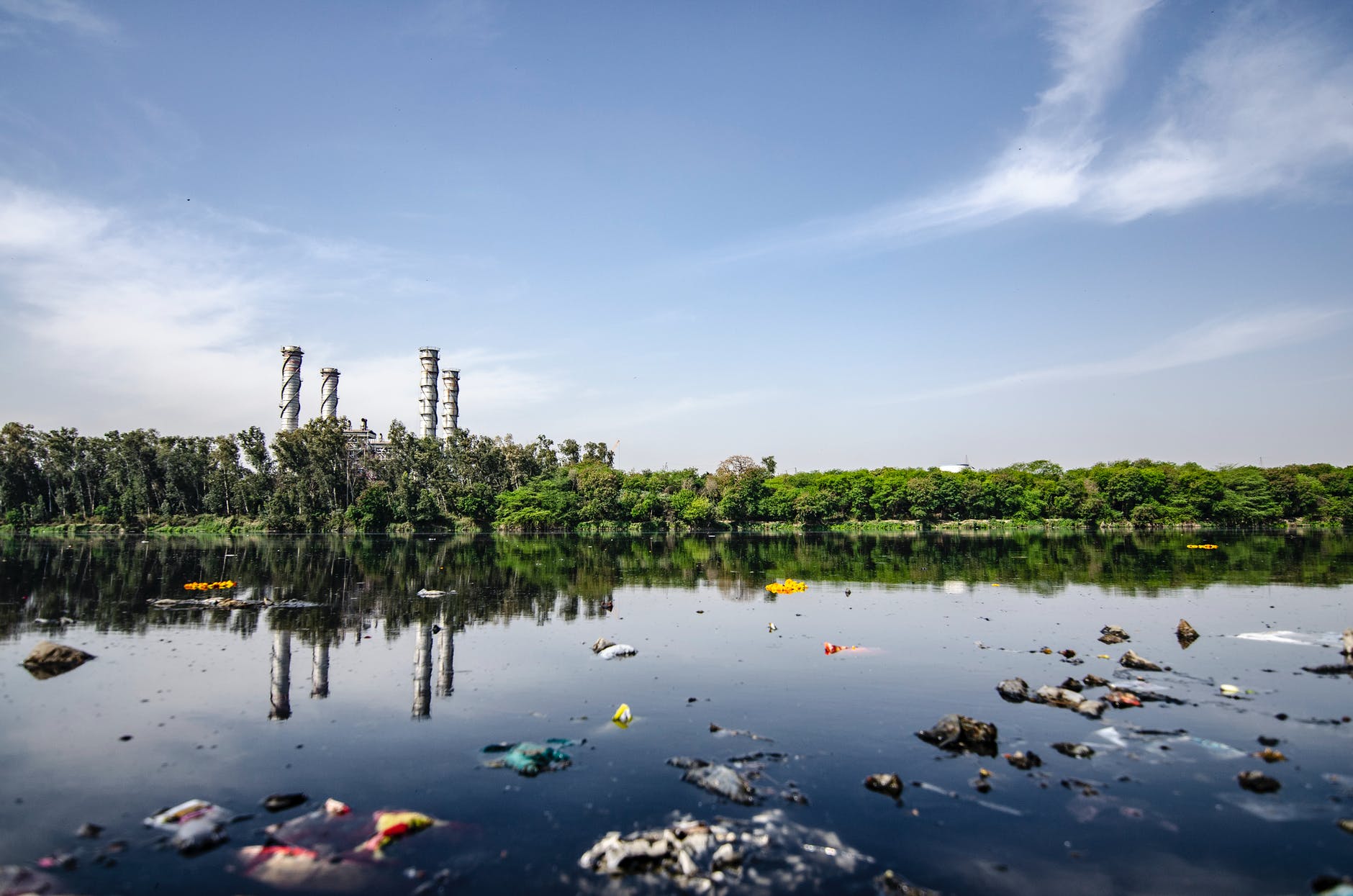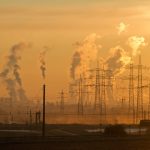Toxic foreign substances such as pesticides or metals such as lead and mercury can cause water pollution, which is why it is so important to keep waterways clean. A total of 44 percent of flow problems miles, 64 percent of lakes and 30 percent of bay and estuary areas are not clean enough yet for fishing and swimming, per the Department Of Environment (EPA). Bacteria, mercury, phosphorus, and nitrogen are the most common contaminants in the United States, according to the EPA. Agricultural runoff, wind deposition, water diversions, and stream channelization are some of the most common contaminant sources.
Water pollution is a global issue, not just a domestic one. According to the United Nations, nearly 800 million people lack access to safe drinking water and 2,5 billion can not have adequate sanitary facilities. 783 million of those people are children. Sewage and other pollutants can enter the water supply if proper sanitation is not in place.
80 percent of marine pollution comes from land, according to the Bureau Of meteorology (NOAA). Marine life can also be severely impacted by water pollution. Carbonaceous compounds found in water can alter the composition, for example, the pathogens that grow in sewage as well as the water itself. Dissolved oxygen levels in the liquid are also taken into account a pollutant by the Environmental Protection Agency (EPA). Natural substances, such as sewage, decompose in the water, causing the water to become dissolved.
In addition, warming water can be dangerous. The term “thermal pollution” refers to the practise of heating water through the use of artificial means. When an industry or power plant uses cooling water its operations, it is possible that hot water is discharged into the environment. A lack of oxygen in the water can lead to the death of fish and other wildlife. Changes in water temperature that occur suddenly can also be fatal to aquatic life. Water withdrawn from the United States’s water systems is estimated to account for approximately half of the total water withdrawals each year.

“Water discharged from a water source can raise a water temperature during an area directly surrounding that source by 90 percent in most cases. When the water flow is sufficient, the temperature quickly went back to normal, which is safe for fish.” An ex-president of a non-profit corporation focused on sustainability challenges, Donn Dears, tells Live Science.
Another method of water pollution is nutrient pollution, or eutrophication. When nutrients like nitrogen are introduced to water, this occurs. According to NOAA, the nutrient acts as fertiliser, causing algae to grow rapidly. Phytoplankton are deprived of light because of algae. As the plants wither and decompose, the water becomes less oxygenated. Aquatic animals die when there is not enough oxygen in the water.




